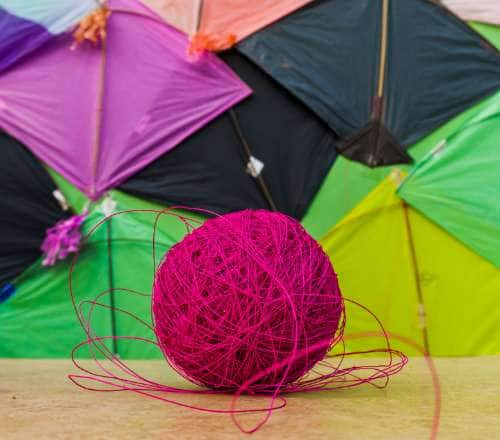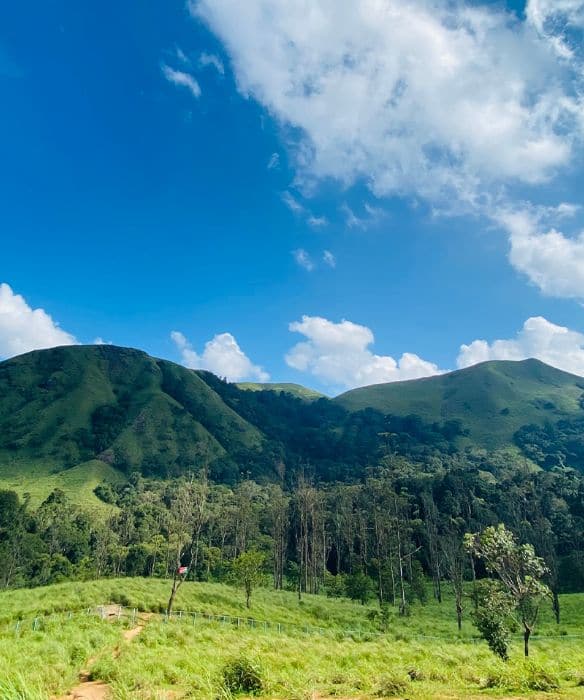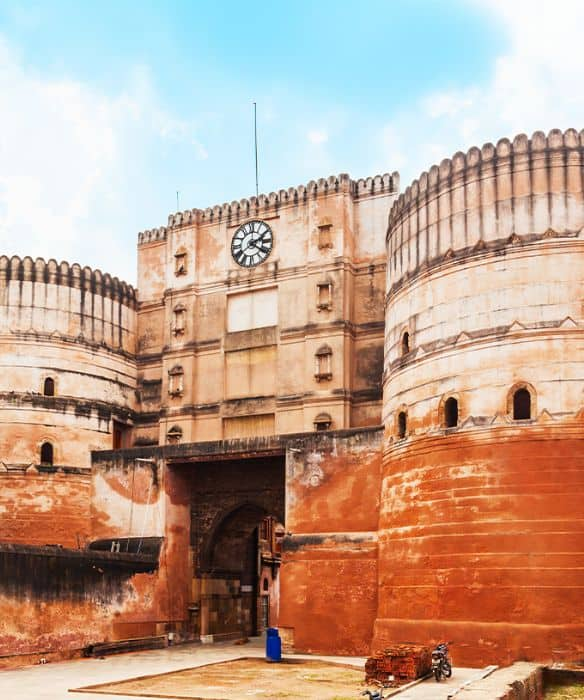Stay logged in to proceed with bookings, orders and offers.
On changing the terminal, you will loose items in your cart. Are you sure you want to change your terminal?
I remember being in Lahaul during the monsoon, chatting with a local, and learning about a festival of fire and snow called Khogla. That’s where it all began.
As Indians, we know one thing for sure. Every month, some house in some corner of the country celebrates a festival through colours, food, and folklore. To me, this makes India unique and wonderful. Over the years, my travels have furthered this sentiment.
I remember being in Lahaul during the monsoon, sitting at a local’s place and listening for hours, utterly stunned, about a festival of fire and snow called Khogla. During the second and third weeks of January, locals carry fire torches and march around the villages on a moonless night, carrying little balls of light against a grey, snowy mountainscape.
As Manoj (a local) explained the festival, my heart wished for only one thing; I visit the little village of Rashil during peak winter and participate in—or at the least witness—the Khogla. Three years after that day, the trip is still a dream, because life takes its turns, and Lahaul is not the most accessible place during snow months. In the meantime finding more about Khogla led me to lesser-known festivals and celebrations in India.
Here’s my list of six festivals celebrated in the country for your next holiday. Even if you don’t make it, learning about them will introduce you to a rich rural and cultural side of the many districts, states, languages, and people.
Let’s begin the journey from a little corner of northeast India, where the rivers flow boundlessly and the crafts are integral to culture. Between September and December, the Garo tribe of Meghalaya comes together to worship the Sun God of Fertility during the Wangala Festival.
This harvest festival witnesses sacrifices, dances in colourful costumes, feathered headgear and an extraordinary beating of 100 drums. The two-day festival often extends for a week, where families visit each other, pay respects to the chief of their community, and conduct orchestras with fascinating instruments. These include flutes made from buffalo horn, handmade drums, and giant gongs, whose harmonious beats bring the men and women to the dancing arena.
Wangala was first celebrated in 1976 in Asanang village, west of Garo Hills in Meghalaya. The festival is celebrated in the same village yearly, and its popularity has risen over time. Tribal communities and dance troupes from across Meghalaya and even Bangladesh participate in the ceremonial dance performances, drawing tourists from across the country and the globe.
Lahaul has a valley where hazelnuts grow and snow covers everything for months. This is Pattan Valley, where the rivers Chandra and Bhaga meet. During February, 15 days after a moonless night (when Khogla is celebrated), the houses are lit with diyas, and barazas are mounted on the floor. The doorstep is decorated with angels made of white bedsheets and marigold jewellery. Sounds dreamy, doesn't it? All this is in preparation for Fagli, a four-day festival, locally known as Kuns.
The folklore in Lahaul is rich in cultural value. It swells with fascinating details, and if, on a starry night, you’re in the company of a local in Lahaul, you will be honoured if they decide to tell you some of the age-old stories.
Fagli entails one such story about the grandmother of the mountain, who visits households during Fagli to bring prosperity to her children. The head couple of the family prepares a special barley dough dish at dawn and leaves it on the roof as an offering to the deities. The crows are then called to enjoy the prasad, and the remains are distributed to the family members.
All four days are woven together like a colourful garland of rituals and ceremonies. Snowy fields are symbolically ploughed, bullocks are worshipped, and households treat each other to drinks. A procession of dancing and singing men visits each house in the village, while the women gleefully host them with snacks and meals.
The masked dances of Chhattisgarh are a delightful affair, and the residents of Madai invite you to celebrate the good times with them. Celebrating the union of Goddess Danteshwari with her family, the festival is welcomed with folk dances, songs, local fairs, pujas, and processions.
The 10-day festival starts in Dantewada on Shivaratri in March. On the first day, a grand procession leaves the villages of Chhattisgarh. They meet at the Danteshwari temple, with men and women rejoicing through dance and music played on dhol and other local instruments. The following nine days are dedicated to worshipping the Goddess in nine avatars. On the final day, a pyre is lit, adhering to a local legend, and everyone meets, greets, and celebrates spring together.
You cannot think of a festival in Gujarat without thinking of a unique folk dance. The same is also at the heart of this medo. The Tarnetar fair coalesces Gujarat’s rich heritage of textiles, music, folk dance, and the arts. During this annual mela, young tribal men and women seek marriage partners, while others enjoy fair rides, street delicacies, and more.
The highlight of the festival is folk dances by the tribals clad in glittering ornaments and costumes—from the circular dance of rahado to the communal dance of raas. You would find a riot of colours everywhere you look amid a dusty, ochre backdrop. The glitter and the glam of ancient Gujarati handiwork and craftsmanship will stun you.
Legend has it that the fair originated from Draupadi’s swayamvar from the epic Mahabharata, where Arjun pierced the eye of a rotating fish with an arrow to prove his acumen and win Draupadi’s hand in marriage. It is said that the traditional fair originated around 250 years ago, and today, it is held at Triniteshwar Mahadev in Surendranagar district. The venue is set up by a sacred rivulet, also known to be the original course of the river Ganga.
The harvest festival of Onam brings forth the vibrant, graceful dance of Pulikali. On the fourth day of the festival, artists paint their bodies to resemble (and pay homage to) tigers and dance to the rhythm of traditional instruments such as udukku and chenda. The performers compliment the yellow, black, and red stripes on their bodies with tiger masks and ornaments. Through the dance, a tale of a fight between a tiger and a hunter is narrated. The locals join in on the revelry in Thrissur, while spectators from across Kerala witness the dance and participate in the festivities of Onam.





The Adani One expressly disclaims all liability, direct and indirect, in respect to actions taken or not taken based on any or all the contents of this Blog. The Blog is an opinion of the contributor based on the collation of data from various sources and is provided only for information purpose. Adani One does not canvass, advertise, solicit, invite or induct for any product, merchandise, information, brand or any other materials mentioned in the Blog, nor does it obtain any monetary benefit from the same. Reader is advised to read and apply his/her intellect and discretion in this regard. Any Intellectual Property mentioned in this blog belongs to the rightful owner. We do not intent to claim any interest over the same.